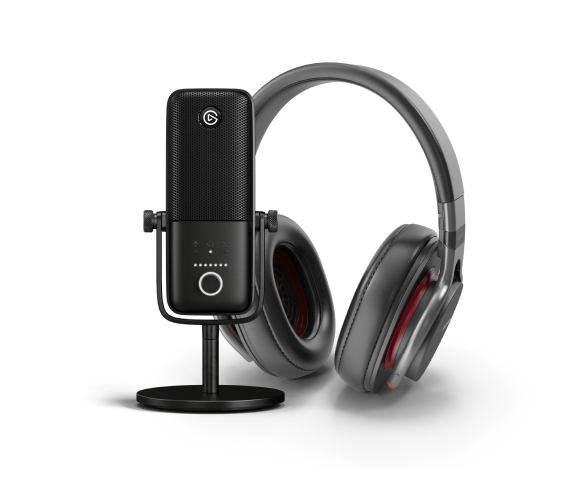Check out our latest blog article: From component to enterprise – modular robotics done right.
Putting the Moon Back into Innovation Orbit
Stephen “Steve” Altemus, President and CEO of Intuitive Machines, joins the show to talk about space- investing in it, building new technology for it, and traveling through it. Sound waves might not be traveling through space, but Steve and his team are making their own waves on Earth as they prepare for their first lunar landing mission this November. Talking points in this episode include NASA’s past vs future, finding funding for space travel, and Intuitive Machine’s future physical workspace.
Visit Stephen Altemus on LinkedIn.
Learn more about Intuitive Machines on LinkedIn and the Intuitive Machines website.
Connect with Chris Howard on LinkedIn.
Check out Softeq on the Softeq website.
Timecoded Guide:
[00:00] Podcast begins - Putting the Moon Back into Innovation Orbit
[01:40] Early inspiration from Apollo to the Challenger
[11:50] Missteps on the mission of Intuitive Machines
[19:46] Next mission to land on the Moon
[23:35] Going public with LUNR
[26:36] Why NASA went cold on exploring the Moon
[37:03] Building a custom workspace for Intuitive Machines
What is your mission in November 2023?
After winning several task orders from NASA, Steve’s team at Intuitive Machines is getting ready to have their first lunar landing mission this upcoming November. The objective? Landing on the South Pole of the Moon and collecting data, especially about water ice. If Intuitive Machines is successful, not only will they have more missions to the Moon, they’ll also be able to use the water they find to sustain habitation on the Moon for astronauts.
“The moon is such a hostile environment. That 500 plus degree temperature swing is just brutal on electronics, it's brutal on structure. It just is a really tough thing to engineer yourself around, but that's the challenge. That's what we accepted and that's what we stepped up for.”
Why hasn’t the Moon been a focus of space travel for the past 50 years?
National imperatives made the Apollo era successful, but Steve explains that up until recently, there wasn’t a drive in the United States to continue lunar landing. In the opinion of many in NASA and the US government, the Moon was seen as “been there, done that,” pushed aside in favor of planets like Mars. Now, with interest in lunar landing from China and other international powers, the US is once again ready to get strategic about space exploration to the Moon.
“During the Apollo program, there was a national imperative, a security imperative that said, ‘We are in a Cold War. Let's put the whole power of the nation towards this goal of landing a human on the moon in a decade.’ Since then, there really has not been a national imperative.”
What is the one missing piece for space tech in Houston?
Houston has the talent, the access, the history, but one thing it doesn’t have for space exploration is funding. While funding is a struggle for many Houston entrepreneurs, Steve explains that space exploration doesn’t feel profitable in the eyes of investors frightened by a troublesome economy. Steve is hopeful as Intuitive Machines embarks on its next mission, they’re able to reignite the wildcatter spirit laying dormant in Houston investors.
“Where's the Wildcat spirit? That's needed for space exploration. I think it's up to us as entrepreneurs and as leaders in the space community to kind of find a language that resonates with investors and create our own financial models in the city of Houston.”
What is your next milestone for Intuitive Machines?
While their mission is set to blast off in November, fall 2023 is an exciting time for Intuitive Machines. Using an old building at the Ellington Airport, Intuitive Machines will combine efforts with San Jacinto Community College and several economic partnership groups to have a set workspace for spaceflight hardware. Dubbed the “Super BAB,” or Super BadAss Building, by Steve’s team, this new physical workplace will allow for new ideas to take flight for the first time.
“I needed a place to grow the company and to do manufacturing and to make things, all the things that are in our imagination that we wanted to make. Everyone thinks it's a launch port, but it's a hub for R&D for collaboration where universities and companies come together.”
You maybe interested in:
